7. Amour (2012, Austria)
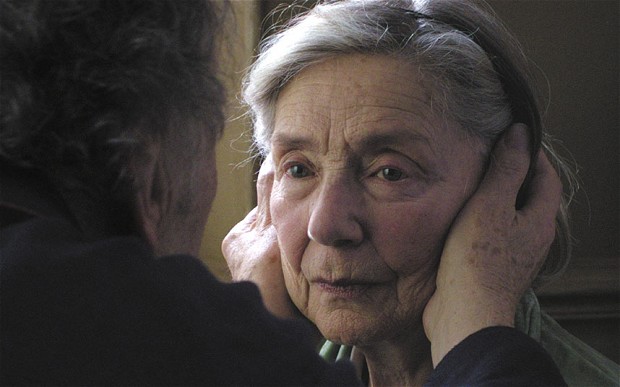
For many art house film fans, Austria’s Micheal Haneke made it big a long time ago. However, if one wants to make it official then winning a Best Foreign Film Oscar for Amour (which was also nominated in four other major categories) is a good way to seal it.
Working in France, the director cast two icons of the golden age of New Wave film making, the tremendous Jean-Louis Trintignant and Emmanuelle Riva (immortal as the lead of 1959’s unforgettable Hiroshima Mon Amour). The pair play a long married couple, both successful piano teachers, now retired and in their eighties.
Life in their golden years looks good until the wife suffers a stroke and a long descent into a vegetative state (the time it takes is long or slow, depending on perception).
Due to his promise of no hospitals or nursing homes, the husband cares for her himself and must watch every painful stage. Haneke based the script on actual events in his family and it and the acting attain a rare honest quality.
Trintignant hasn’t filmed in 14 years when he accepted this and Riva was largely retired. At 83 she became the oldest actor ever nominated for a lead Oscar and was the oldest winner ever for many of the honors she did win (by a wild quirk of fate, one of her competitors on Oscar night was the youngest actor ever nominated in that category).
The great French actress Isabelle Huppert also appeared as the couple’s conflicted daughter. This is, to date, the crowning achievement of the film maker’s career and heralds the promise of a golden age for him.
8. A Royal Affair (2012, Denmark)
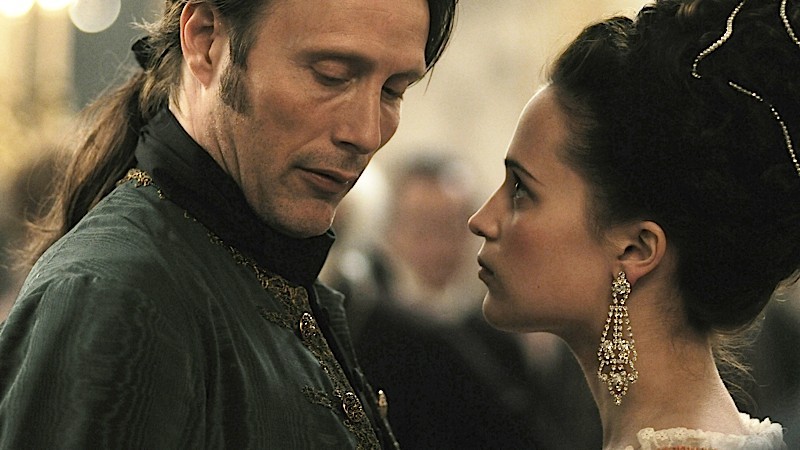
During the first half century of the cinema’s history, the art of making period films seemed to be an easy and almost instinctive process (though historians often pointed out that the historical details were often quite wrong).
However, in the late 1950s to the early 70s, this form seemed to lose it’s way as most historical films seemed to take place during the year in which they were made, just decked out in pseudo-historical garb.
However, during the 70s, with the release of such films as 1975’s Barry Lyndon, the art form resurged, but this time historical reality and how the individuals of various periods were like modern day peoples, became a must.
A fine example of this school is A Royal Affair, the breakthrough film of young director Nikolaij Arcel (who has several promising projects in the works).
The plot focuses on the events which transpired during the troubled reign of Denmark’s Christian VII. The king was quite insane but his personal doctor, a German, influenced him with enlightened ideas in order to better the country.
Unfortunately, the doctor and the (justifiably) unhappy queen fall in love (to the point of having a child together), a fact the doctor’s enemies use against him, to tragic results.
The film is a tour de force of lush period detail, but the point is that the pretty settings contrast greatly with a lot of ugly emotions. The performances of the three leads, Mads Mikkelsen, Alicia Vikander, and Mikel Folsgaard are superb. (As is common knowledge, Miss Vikander has since broken through to Oscar winning international status.)
The winner of several awards, including a Foreign Film Oscar nod, this early effort by most of its major contributors promises much to come.
9. Kon-Tiki (2012, Norway)
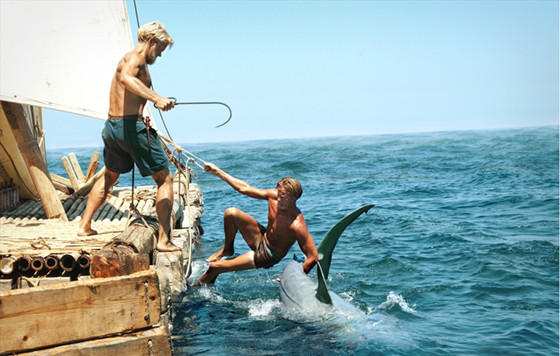
Many schoolchildren of a certain age were assigned to read/report on Norwegian scientist/explorer Thor Heyerdahl’s non-fiction book, Kon-Tiki back in the day.
Simply put, the book’s author had hypothesized that ancient South Americans had sailed in primitive vessels to the South Seas long before Columbus and his contemporary explorers and had settled in and influenced areas of Polynesia (accounting for very similar artworks, cultural practices and ancient legends in that part of the world).
Many scoffed at the idea and Heyerdahl and a dedicated crew constructed such a vehicle as might have been used and successfully embarked on a voyage under absolute conditions of the period the theory covered.
Though the scientific community never quite accepted the ideas, the public was eternally fascinated. The only surprise is that it took until 2012 for a fictional film to be created but, when it did happen, it was both the costliest film ever made in Norway…and the biggest box hit ever.
The producers hedged their bets by employing two directors, Joachin Ronning and Espen Sandberg, to helm simultaneously shot Norweigain and international versions of the films.
The cast was expert but largely unknown outside of Norway. The critics liked but did not love the film initially since it did employ dramatic license to spice up reality (though the story was interesting enough in of and of itself). However, the tide turned and the public and award givers (including an expected Oscar nom) put a successful seal of approval on the project.
10. The Great Beauty (2013, Italy)
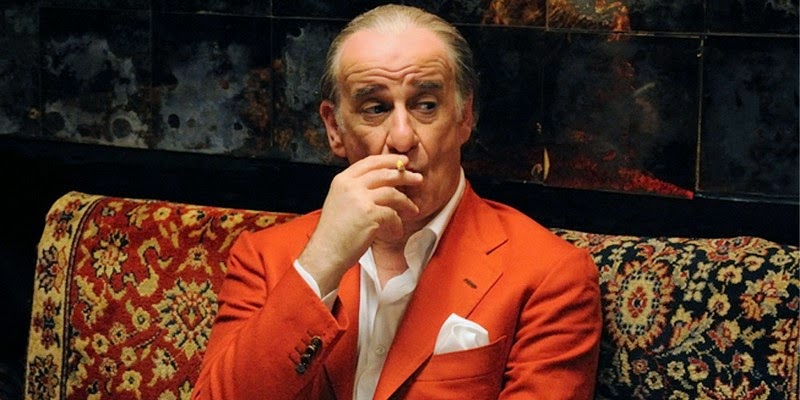
The prestigious Janus Films (and its esteemed video arm, The Criterion Collection) very rarely adds films to the collection in the year of the picture’s release. Though there are often contemporary additions to the video collection from third parties, Janus itself requires at least a few year’s perspective before addition.
One big and notable exception is the acclaimed Oscar winning Italian film The Great Beauty. The film is the work of writer-director Paolo Sorrentino, who had experienced homeland success in his decade plus career but broke through internationally with this film.
The picture focuses on a successful author (Toni Servillo)…of one book written long ago. However, in Europe that kind of thing can go a long way and the man is still living pretty large on the Italian social circuit. However, now deep in middle age, he begins to see that his life is much like a piece of gaudy junk jewelry, flashy but containing little of real worth.
This lushly pictorial film is like the classic La Dolce Vita revisited decades later…only not as melodramatic. The sense of humor which informs the film is most welcome and underlines the poignant dramatic qualities so beautifully delivered by the film maker.
While taking a chance of a contemporary film becoming a classic is risky, this one has enough value to make the choice understandable.
11. The Broken Circle Breakdown (2013, Belgium)
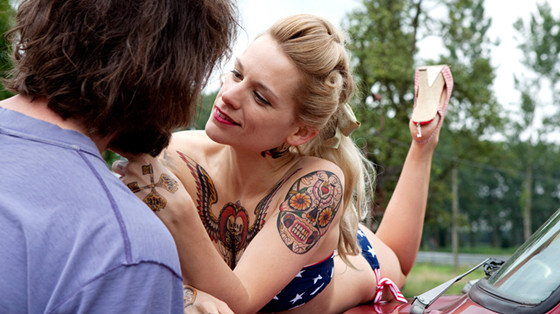
There are many tropes the cynical (or tasteful, as the case may be) would term “movie of the week”. This refers to the type of film especially made for television particularly popular in the 1970s and 80s (and still done on some networks today) which feature overly dramatic and cliché situations of an often tragic, tearful nature.
The favorite plot device in many was to have someone dying bravely of one of those lingering illnesses which can host several emotional scenes between said dying person and loved ones.
The pity is that such situations in real life are eternally tragic and far from shallow or trite. It takes a special film to overcome this stigma now and The Broken Circle Breakdown is one of them.
This Belgian film follows an appealingly blue collar couple from courtship to marriage to parenthood to a tragedy which threatens to undo them altogether.
The thing that makes the film is the wonderfully lifelike touches which bring the pair to life. Though the wife owns a tattoo parlor, she and the husband (who fancies himself a European cowboy!) are both musicians and they both have a pronounced love of the U.S musical form bluegrass. (Honestly, but for the language barrier, they could pass as U.S citizens, for the most part.)
They are so down to earth in a funky, unpretentious way that the viewer is drawn to them. That’s a big part of why what befalls them and their small daughter is so painful.
Another surprisingly illuminating touch in the rich use of bluegrass on the soundtrack. The film’s basic honesty and refusal to glamorize the situation also help profoundly.
The couple is excellently portrayed by Veerle Baetens, who is also a popular singer in her homeland and Johan Beldenbergh, who also co-wrote the play upon which the film was based and the subsequent screenplay. The astute direction is the work of Felix van Groeningen, who has only been directing films since 2000.
This is his breakthrough and most acclaimed film to date. The picture was Oscar nominated and the winner of several European awards and seems to be becoming a big favorite among art house audiences.
12. The Hunt (2013, Denmark)
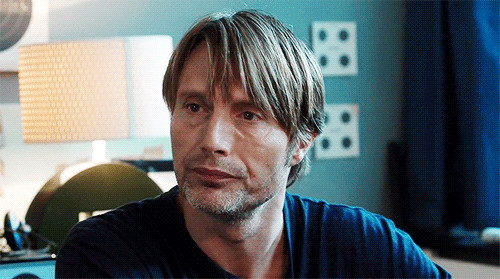
Lars von Trier is so associated with the pure and ultra-realistic film movement Dogme 95 that many forget that he founded the movement with his fellow Danish director Thomas Vinterberg. Vinterberg has never ever caused the kind of commotion his pear ignites with great regularity.
Instead he makes good, incisive films. Many remember him best for his 1988 breakthrough film The Celebration (a working definition of the Dogme movement). However, his Oscar nominated, award winning The Hunt may be an even better achievement. The hunt of the title is not for wild game but as in the word “witch-hunt”.
A mature, divorced man (Mads Mikelsen in another fine performance) is falsely accused, through the shakiest kind of circumstances, of abusing one of his young charges, the daughter of his best friend.
Somehow the hysterical accusations multiply to the point where it becomes obvious that they can’t be true but the community decides to believe only what it wants, to devastating effect for the man.
The film is a superb treatise on mass hysteria and the fact that people will believe what suits their purposes. It is also yet another piece of evidence to support the idea that Vinterberg will be remembered as a maker of gritty and insightful cinema.
13. Renoir (2013, France)
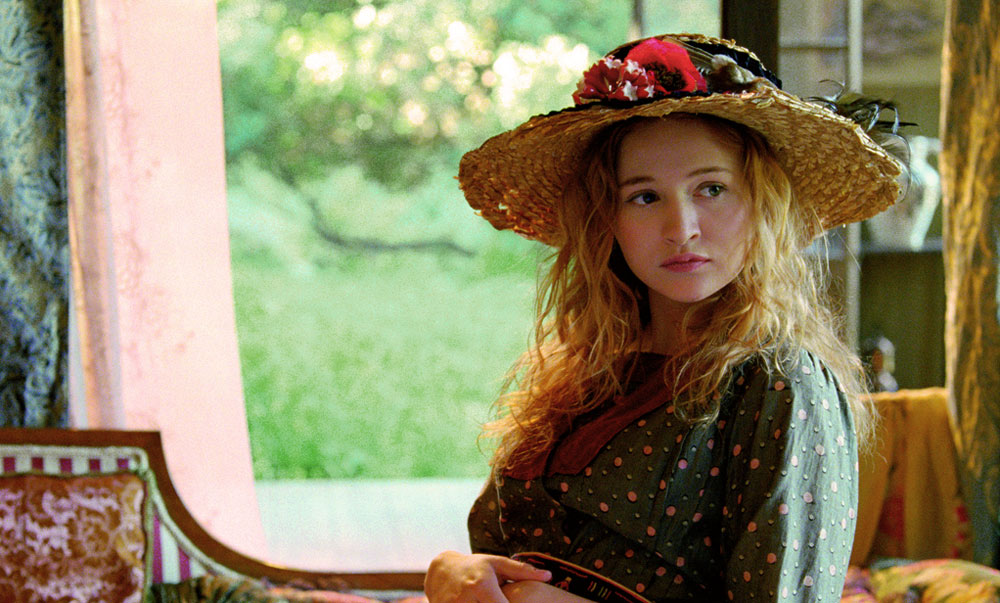
Renoir is a notable name in artistic circles. However, which artistic circle one is in would determine which Renoir is the subject of discussion. In cinematic circles the Renoir would be Jean, one of the greatest of writer-directors and maker of such films as Le Grande Illusion (1938) and The Rules of the Game (1939).
However, to the world of fine arts/painting the Renoir would be Pierre-Auguste, the director’s renowned father, perhaps the greatest of Impressionist painters. Renoir pere died in 1919, long before the career of Renoir fils came into being. However, the two share a most surprising link.
The father’s last model was a woman named Andrée Heuschling, who went by the name Catherine Hessling. She would also become the lead actress in several of the son’s films at the beginning of his career…and his first wife.
The 2013 film Renoir focuses on the father’s last days before his painfully infirmed death as the 15 year old girl, recommended by fellow artist Henri Matisse, inspires him to work through his arthritic pain to create his final masterpieces. However, he is annoyed when his son comes home from World War I to convalesce from a most serious leg injury.
The young people fall in love and Andree starts to inspire Jean to make her dream of movie stardom comes true (which he did in the silent era, though she faded after they parted ways).
This distraction from the girl’s modeling angers the father, who is racing time. Renior is a visually lovely and low key film which never takes an easy out by going the melodramatic route the plot may give opportunities to create.
The film features a triumphant late career performance by the great Michel Bouquet as the father and solid supporting work from Vincent Rottiers and Christa Theret as the young couple. This is the magnum opus to date of director Gille Bourdous, who has long been prominent in the European art community.